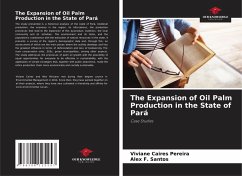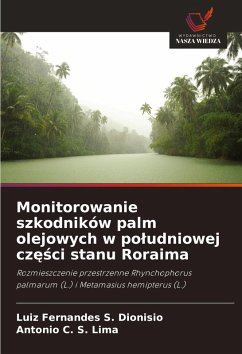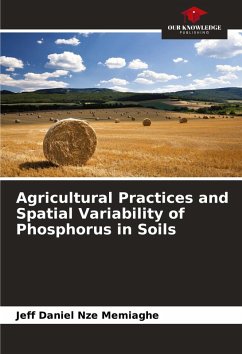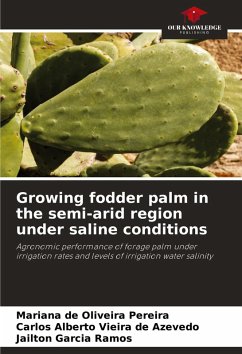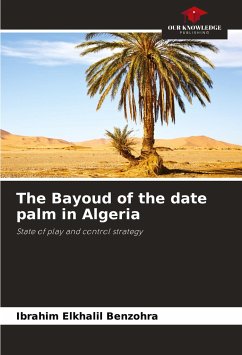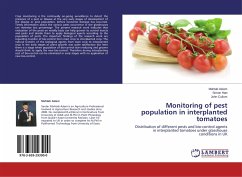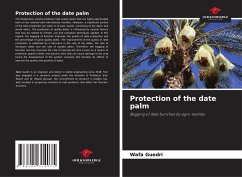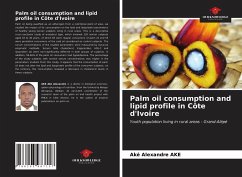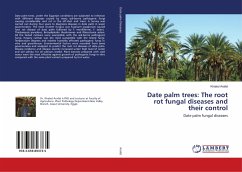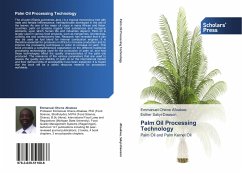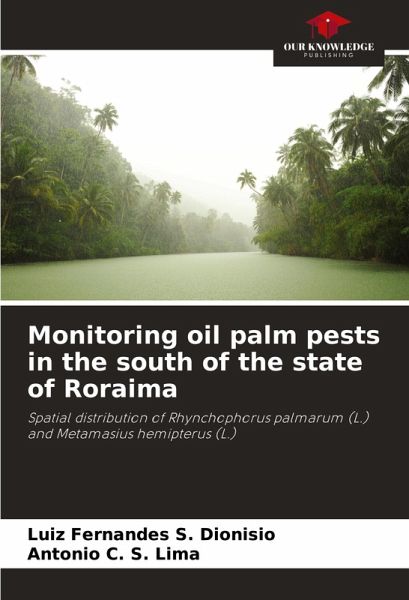
Monitoring oil palm pests in the south of the state of Roraima
Spatial distribution of Rhynchophorus palmarum (L.) and Metamasius hemipterus (L.)
Versandkostenfrei!
Versandfertig in 6-10 Tagen
24,99 €
inkl. MwSt.

PAYBACK Punkte
12 °P sammeln!
The oil palm (Elaeis guineensis Jacq.) or dendezeiro as it is known in Brazil, is a palm tree of African origin typical of tropical regions, and in Brazil, the largest cultivated areas are in the Amazon region. Oil palm is a crop that is very susceptible to pest and disease infestation. Among the pests that infest this oilseed are rodents and insects, and among the diseases, the red ring (AV), fusariosis or lethal scale (SL), fatal yellowing. In palm growing, phytosanitary problems related to attacks by insect pests have a significant economic impact, resulting in significant productivity loss...
The oil palm (Elaeis guineensis Jacq.) or dendezeiro as it is known in Brazil, is a palm tree of African origin typical of tropical regions, and in Brazil, the largest cultivated areas are in the Amazon region. Oil palm is a crop that is very susceptible to pest and disease infestation. Among the pests that infest this oilseed are rodents and insects, and among the diseases, the red ring (AV), fusariosis or lethal scale (SL), fatal yellowing. In palm growing, phytosanitary problems related to attacks by insect pests have a significant economic impact, resulting in significant productivity losses. Among the insect pests found in the crop, Rhynchophorus palmarum L. (Coleoptera: Curculionidae) and Metamasius hemipterus L. (Coleoptera: Curculionidae) stand out. These beetles make galleries in the apical meristem of palm trees, causing a reduction in tillering and the opening of the holes can serve as a gateway for phytopathogens.





